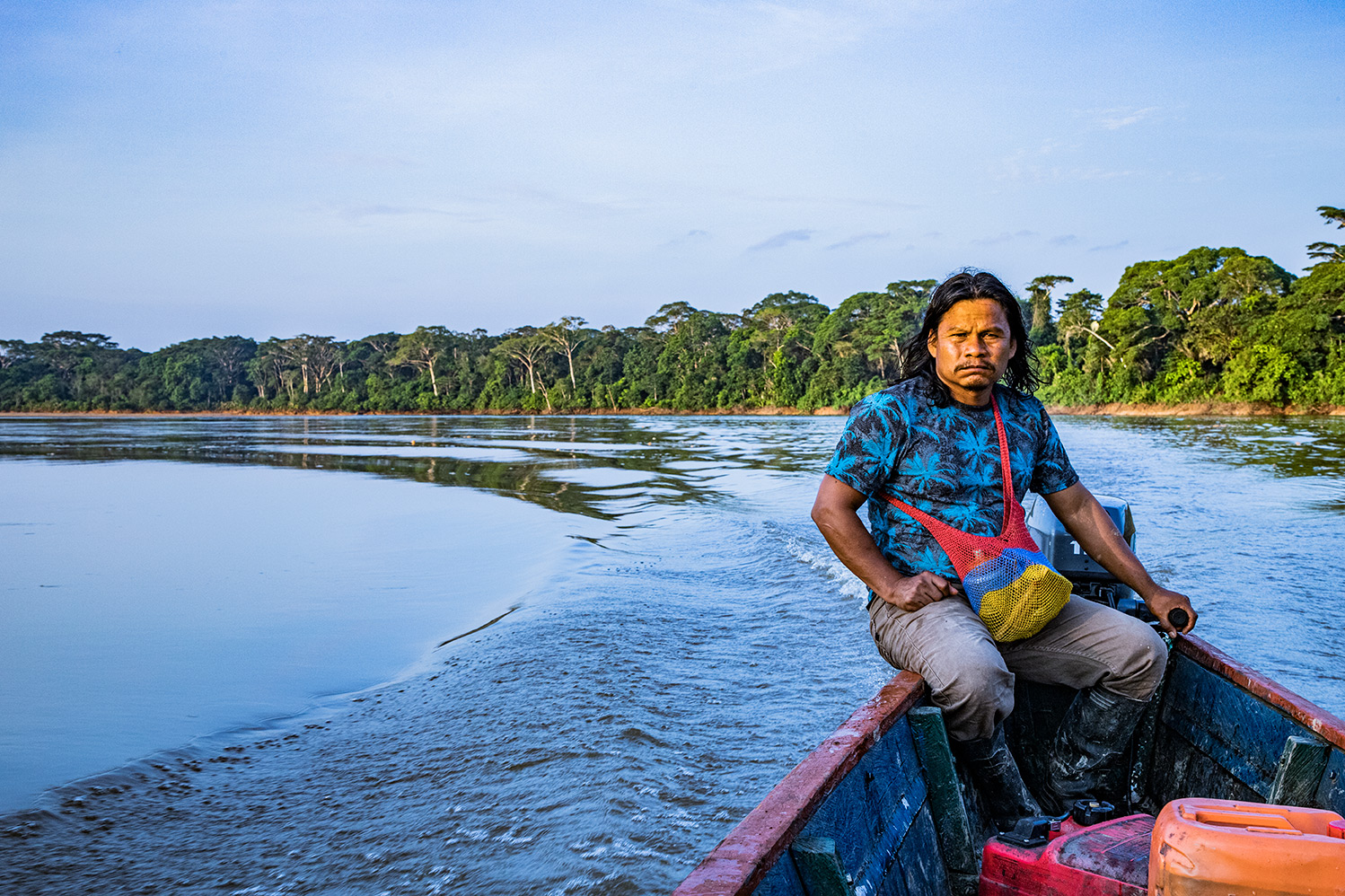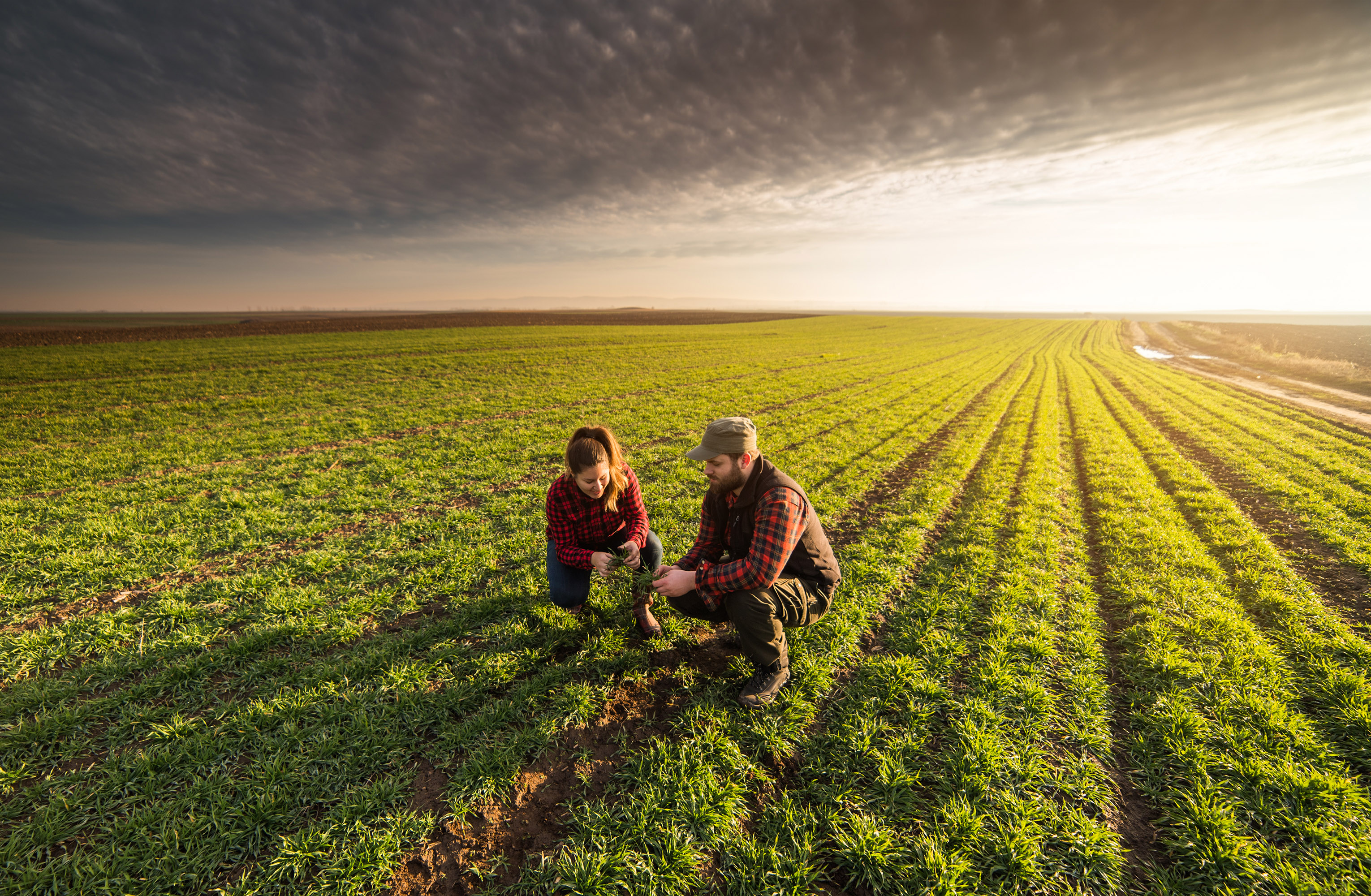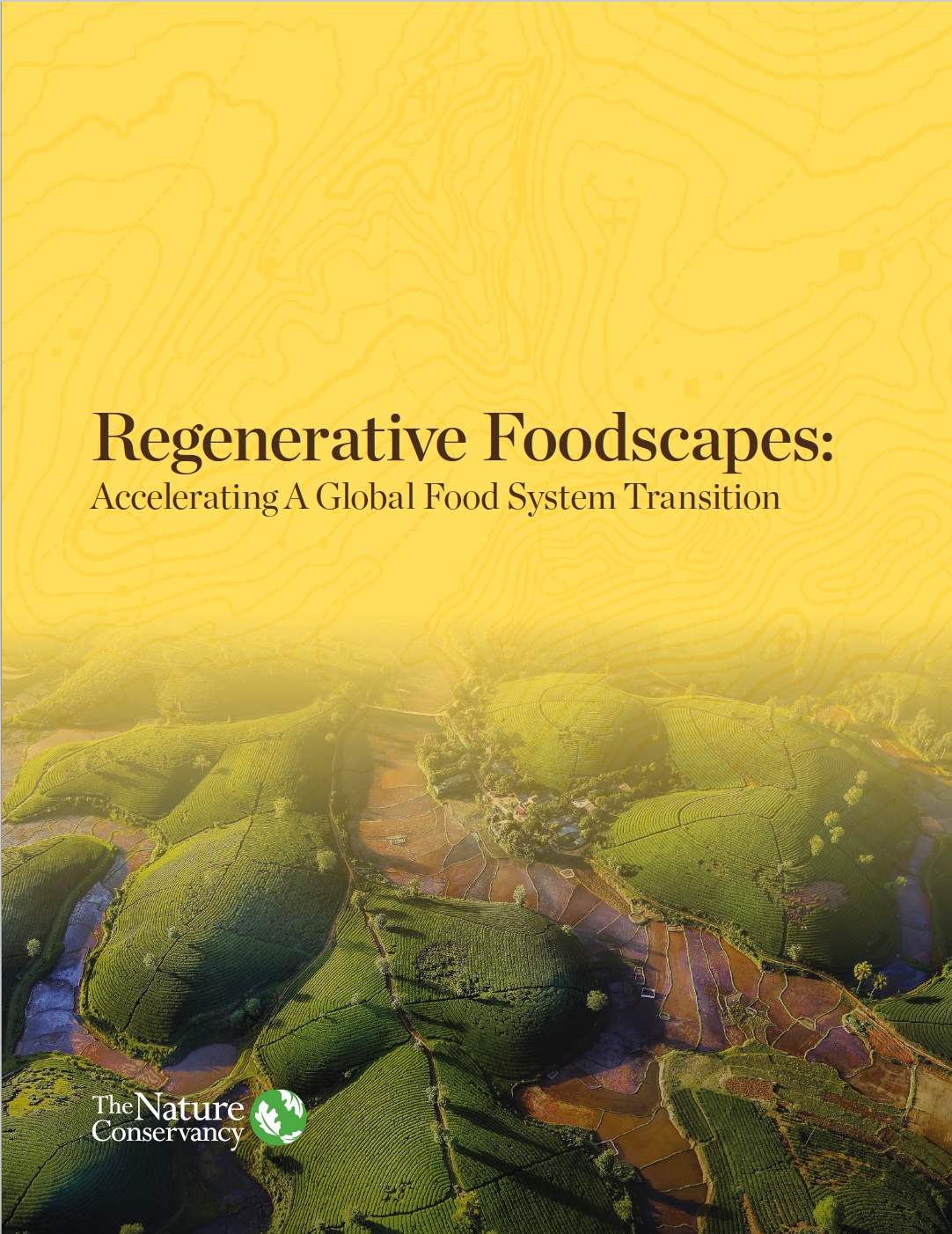
Menu of Change
Meeting global climate and biodiversity goals will require a swift shift in the way we produce and consume food.
Food is the ultimate convener. It transcends language barriers, defines cultures and unites us. It’s no wonder food production offers critical solutions to the climate and biodiversity crises. Here’s a look at some of those solutions.

Traditional Foods and Knowledge
Indigenous Peoples and local communities are vital leaders in solutions to the world’s most pressing environmental and human well-being challenges. They are critical partners, and we have much to learn from their management of nature and its food sources.
-
24%
of tropical forest carbon is stored within Indigenous lands
-
80%
of Earth's remaining biodiversity is within Indigenous lands
-
90%
of the world's 32 million fishers are small-scale, artisan
Quote: Wapat (Alec Willie)
Sputc (eulachon) are very important to Nuxalk culture and food lifestyle. They were used in ceremonies. Sputc Slaq' (grease) was highly prized, historically used in almost every dish, and is also used as a medicine.

Regenerative Food Systems
A regenerative food system is designed to nourish both people and planet. Regenerative production practices like those featured below work to actively restore nature while also maintaining or increasing food production.
A Regenerative Food System Can:
-
15%
Reduce water removals for global agriculture by 15%
-
36–74%
Increase edible food from sea between 36-74% by 2050
-
428 M
Restore up to 428 million hectares of crop and grazing lands
Quote: Jennifer Morris
Food production is not only the biggest force affecting nature—it also accounts for nearly 10% of the global economy. So if we want greener, fairer economies, a primary target should be to transform our food economy.

Diet Diversification
According to the Food and Agriculture Organization (FAO), 75% of the world’s food is generated from only 12 plants and 5 animal species. This increasingly homogenous food system has come at a cost.
The Food System Causes:
-
1/3
of greenhouse gas emissions (GHGs)
-
90%
of land-use change/conversion
-
70%
of global water usage
Quote: Jack Bobo
For 10,000 years farmers were asked to do one thing: produce more food. Now, we are at a unique moment in human history when farmers are being asked not only to produce more food, but food that is better for people and the planet.

Grow Positive
By adopting regenerative practices, the world’s farmers, fishers, ranchers and pastoralists can help restore nature while meeting the nutrition needs of 9.8 billion people by 2050.
Quote: Saswati Bora
Any collective action taken to meet the twin climate and biodiversity crises must also address our stressed and fragile food system.
Download
Learn how our global food system can offer cross-cutting solutions that address the humanitarian, climate and biodiversity crises.
DOWNLOAD



















